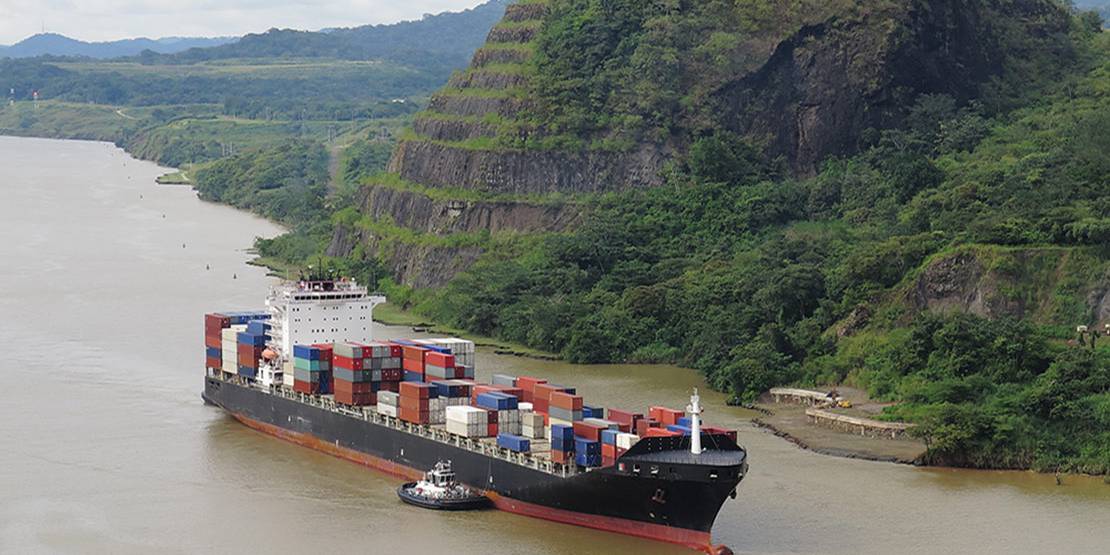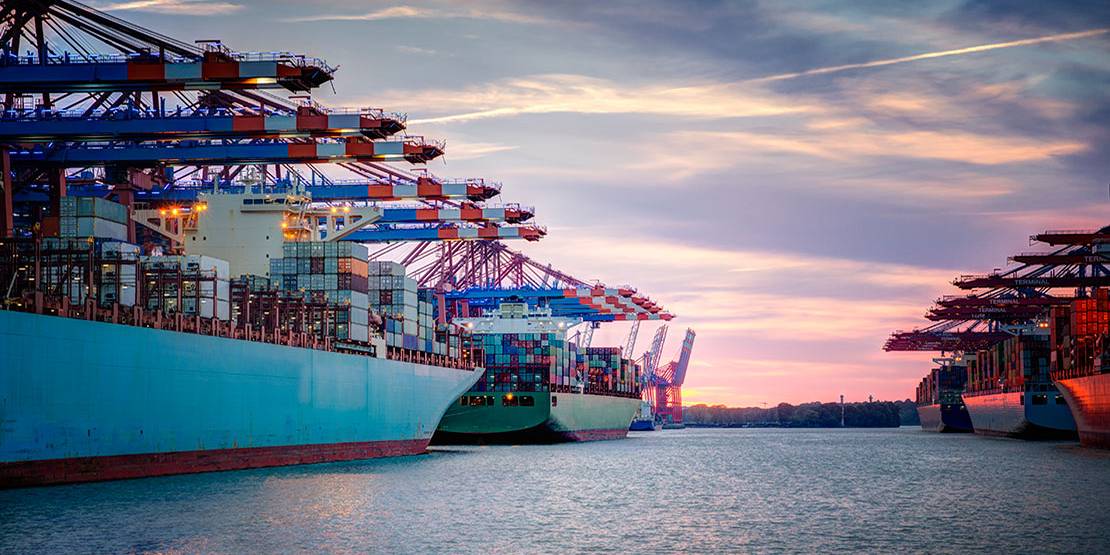We felt it would be of benefit to our customers, to add some context to the current news reports regarding the cause and effect surrounding the major carriers decision to re-route cargo vessels around the Cape of Good Hope and also provide an informative explanation to our customers on how these decisions are affecting freight rates at the moment.
Drone and rocket attacks on cargo ships in the Red Sea have led to many of the world’s largest shipping companies announcing they will avoid the area. On Saturday the 31st of January the merchant vessel Maersk Hangzhou reported that they were struck by a missile while transiting the Southern Red Sea, whilst responding to the vessels distress call the US Navy Destroyer USS Gravely, shot down two anti-ship surface to air missiles which had been fired from Yemen and engaged with four smaller vessels also attacking the container ship, we cannot imagine the fear felt by the crew on board the merchant vessel as the attack was announced over the ships Tannoy.
As a direct result of this, modern shipping faces significant challenges as vessels opt to traverse the Cape of Good Hope instead of the usual route through the Red Sea and the Suez Canal. This alternative route, while historically significant, poses a series of obstacles that the shipping industry must grapple with in the 21st century.
The Cape of Good Hope, located at the southern tip of Africa, has become an option for ships looking to bypass the Red Sea and the Suez Canal. The Suez Canal, a critical waterway connecting the Mediterranean Sea to the Red Sea, has experienced disruptions in recent years, including the high-profile blockage in 2021 that halted global trade as the canal was blocked for nearly seven days. As a result of the war and the targeting of merchant vessels by Houthi rebels, shipping companies are now diverting to the longer but seemingly safer journey around the Cape to avoid the area.
However, this shift in shipping routes comes with its own set of challenges. One of the primary concerns is the increased travel distance, leading to higher fuel consumption and operational costs. The Cape of Good Hope route adds thousands of nautical miles to a journey, resulting in longer transit times and potential delays in cargo deliveries. As fuel prices continue to fluctuate, shipping companies are faced with the economic strain of increased operating expenses. Moreover, the Cape route presents maritime vessels with unpredictable weather patterns and treacherous seas. The region is known for its strong winds and rough seas, posing a threat to both the safety of the crew and the integrity of the cargo. Navigating these challenging conditions requires advanced technology and skilled seafarers, adding further complexity to an already demanding task. These additional operational costs are in turn passed onto shippers as shipping companies invoke clauses within the Bill of Lading under ‘Force Majeure’ for vessels already enroute and emergency surcharges for freight about to undertake the journey.
Piracy is another critical concern for ships opting for the Cape of Good Hope route. While piracy has been a longstanding issue in the waters off the Horn of Africa, the longer voyage around the Cape provides more opportunities for pirates to target vulnerable vessels. The 2013 movie Captain Phillips accurately depicted the dangers and tactics used by Somali Pirates when boarding larger ships, the movie was based on the true story of the hijacking of the Maersk Alabama in 2009 and is why even today we pay a small ‘piracy surcharge risk’ fee within all freight rates. Shipping companies must invest in robust security measures to mitigate the risks associated with piracy, including the potential loss of valuable cargo and harm to crew members.
Environmental sustainability is also a factor to consider, as the increased distance and fuel consumption contribute to higher greenhouse gas emissions. With the global shipping industry under growing pressure to reduce its carbon footprint, finding environmentally friendly solutions for the longer Cape route becomes imperative. While the Cape of Good Hope offers an alternative to the Suez Canal, modern shipping faces a host of challenges in adopting this route for any period of longevity.
Westbound are in constant dialogue with the major shipping companies to negotiate the best rates and transit times possible for our clients based on our long standing relationships and this is why we have sent out recent communications regarding our latest rate cards, whilst it is important that we publish our rates as a guiding factor it also important that our customers know the published rates are based on worst case scenario at time of publishing and we are in a position to discuss alternative options on a case by case basis.
We urge you to contact our team in advance of booking.
If you have any questions regarding the above, then Westbound are here to help. So, please do not hesitate to contact us.



